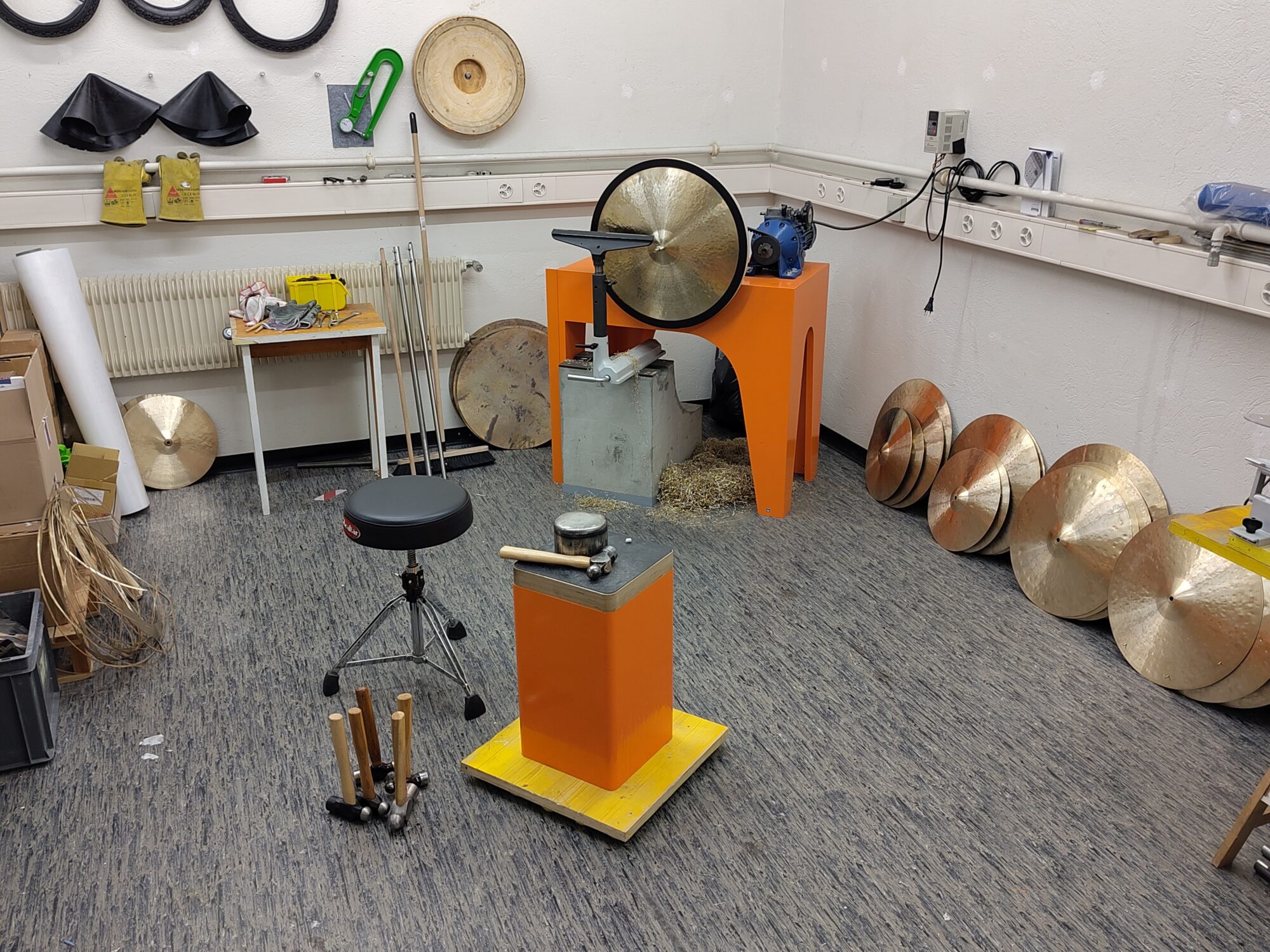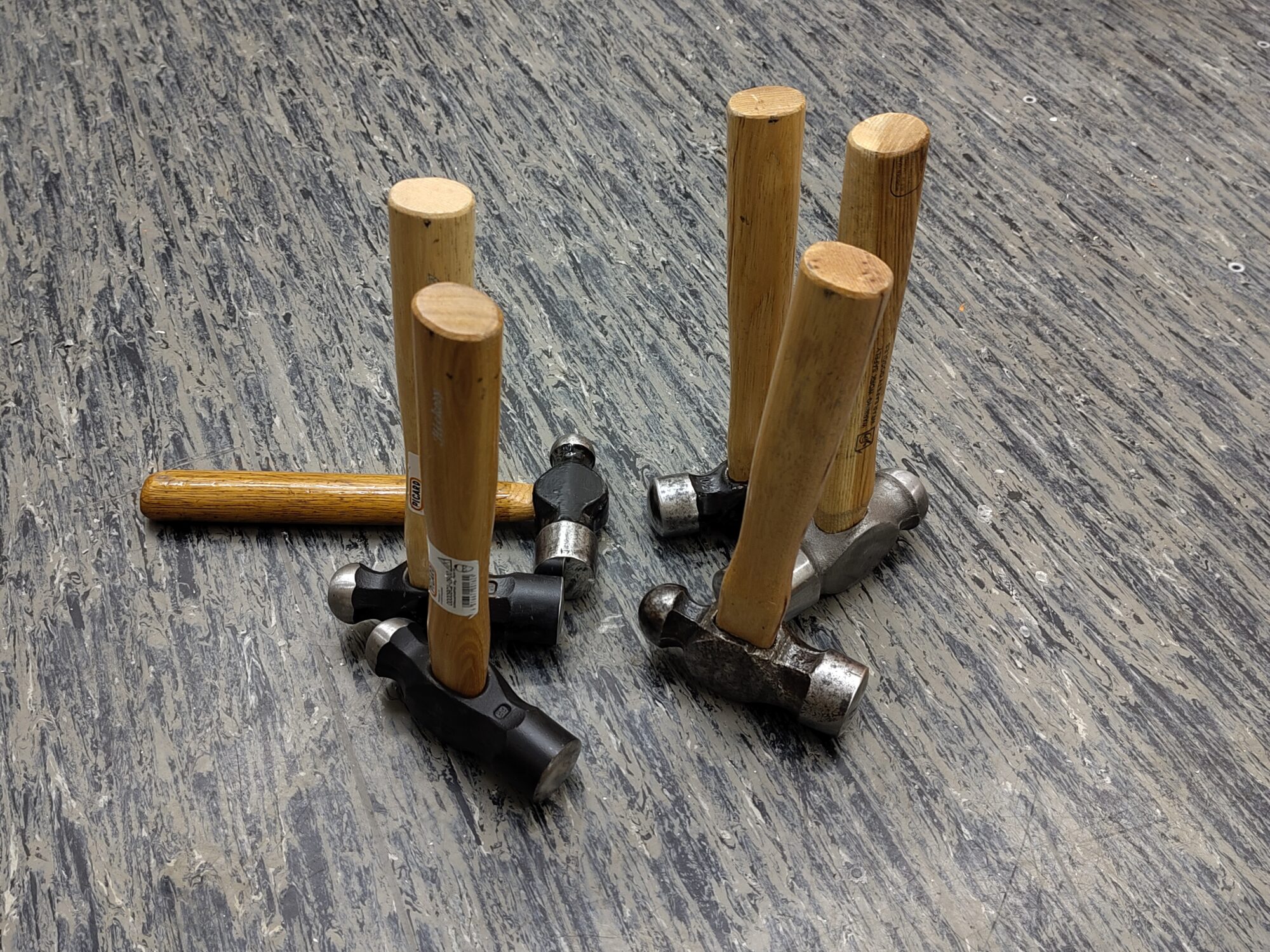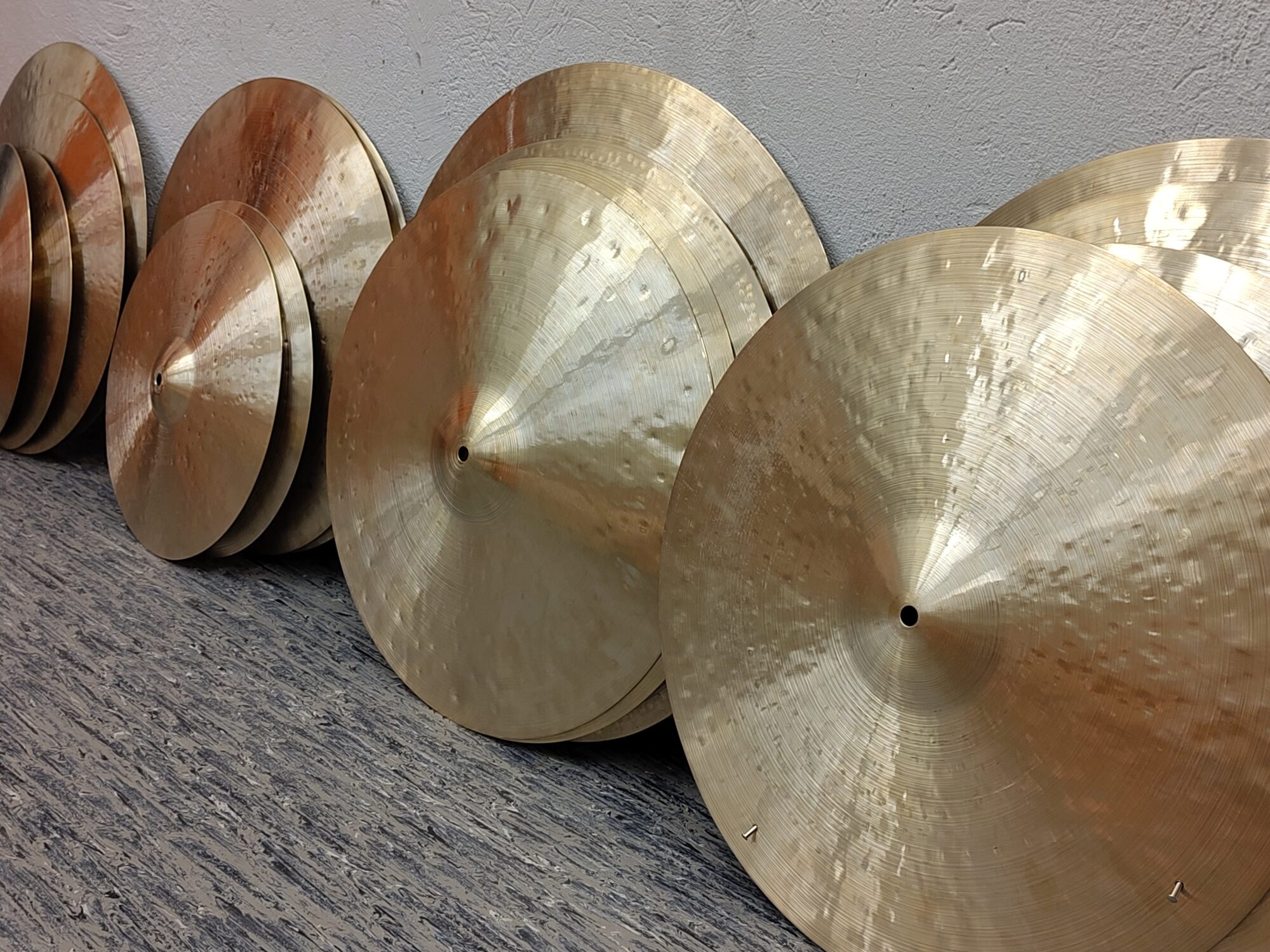
--> If you're interested in buying a cymbal, or if you have any questions, please just let me know: marco@baumgartnercymbals.ch
Located in Zurich, Switzerland.
I teach music/composition here: instrumentor.ch/de/marco-baumgartner
Here you can find some music and stuff: marcobaumgartner.ch
Follow me on instagram: instagram.com/baumgartnercymbals
Check out my YouTube channel: youtube.com/@baumgartnercymbals
I started out as a violin maker, but soon focussed more on music itself, studying jazz piano. Besides that, I'm a self-taught multi-instrumentalist. This includes the drums. I have my limitations there, but I think of them as happy limitations. What else can you do? :-)
Since 2024, I'm all about cymbal making. I'm currently training with Michael Paiste and Dave Collingwood and gather every bit of information I can find on this topic. It took me a while to set up my workshop. I'm now finally open for business. The business I'm talking about is mostly the business of learning. There is SO MUCH TO LEARN! And I'm loving it.
Martin Meyer is a professional jazz drummer and composer who does the final testing, playing and recording of my cymbals. Both in the workshop but also in the real world. He plays a Vic Firth "American Classic" 7A stick. He challenges my work and influences the planning and specs of my cymbals. In order for me to further evolve my cymbalsmithing, a fellow musician's ear is extremely helpful. Martin Meyer is also a programmer and does all the cms/website programming.
All of my cymbals are 100% hand hammered. All bells are hand-formed as well (hi-hats included). Turkish B20 blanks only. My cymbals come with stickmarks, chalk-marks and fingerprints – and can include some of the following quirks: Not being perfectly flat, miniature-dents or bends around the edge, slightly asymmetrical profile, soft zones, hums, etc. If any of the mentioned things exceed the range of what I think is acceptable, I wouldn't put the cymbal up for sale (or I'd sell it for cheaper).

The main stations in my workshop are the anvil and the lathe. I made my anvil of a 13cm-diameter piece of C45 steel. I then sent it away for hardening. As I found out, C45 is "cool", but not the most flexible choice. You can only harden the outer shell (about 5mm), and only to a certain degree. After hardening you need to temper it in order to get rid of internal tensions. I let the professionals deal with that too. I'm happy with it! Not too pingy-sounding, and it has some decent rebound of the hammer as well. I'm unsure about how I would go about designing another anvil. I'll probably go for a similar hardness. Mostly because, by now, I'm already used to it!
Building a lathe was an interesting journey to say the least. I had (very much needed) help from engineer-friends of mine. Both on a electrical and mechanical level. The tool rest is from an XL-woodturning-lathe. It slides along a steel-rail I've mounted on a massive (200kg) piece of concrete I've poured. My thinking was: Since I'm still new to cymbal making, I don't know my favorite height, angle and distance for my tool rest. So I wanted to build something super flexible, which I can adjust within seconds while I'm lathing. Rpm's are variable too.
I'm using ball peen engineer's hammers instead of turkish hammers. It probably doesn't matter as long as the face and weight of the hammer is right. I just, very quickly, grew accustomed to these well-balanced hammers. In most of the cases I make the handle myself. Mounting the handle to the hammer's head is an art form in itself as I've found out. Very tricky, yet very satisfying stuff... The hammers are the single most important tools in my workshop, I'd say, besides patience.


